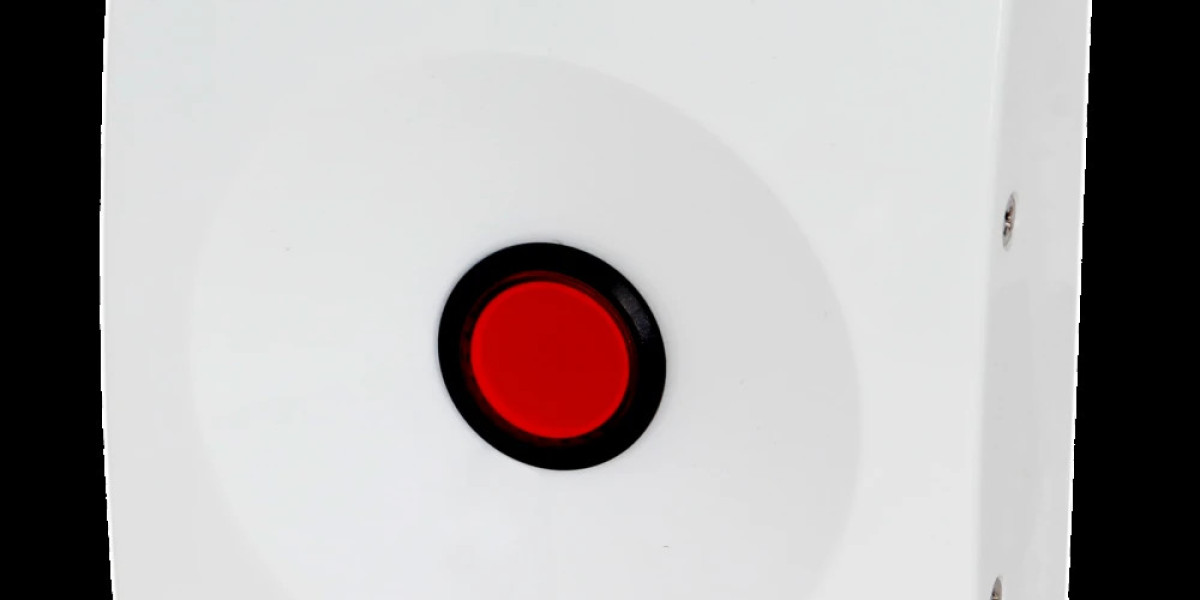As environmental concerns grow and regulations tighten, the need for accurate, real-time environmental monitoring has never been greater. At Mutelcor, we are at the forefront of delivering innovative IoT and sensor solutions that empower organizations to monitor, analyze, and act on environmental data. In this guide, we explore the key technologies and tools transforming environmental monitoring in 2025, making it smarter, more accessible, and more actionable than ever before.
1. Sensor Technologies: Air, Water, Soil Sensors and Gas Detectors
At the heart of any environmental monitoring system are sensors. These devices detect and measure physical or chemical changes in the environment, converting them into digital signals for analysis.
Air Quality Sensors
Air quality sensors measure pollutants like particulate matter (PM1, PM2.5, PM10), nitrogen dioxide (NO2), sulfur dioxide (SO2), ozone (O3), carbon monoxide (CO), and volatile organic compounds (VOCs). Deployed in urban, industrial, and indoor settings, these sensors provide real-time data to help manage air pollution, protect public health, and ensure regulatory compliance.
Water Quality Sensors
Water sensors monitor parameters such as pH, dissolved oxygen, turbidity, conductivity, and the presence of heavy metals or pathogens. They are essential for drinking water safety, wastewater treatment, and environmental conservation of rivers, lakes, and oceans.
Soil Sensors
Soil sensors track moisture, temperature, salinity, and nutrient levels. These are vital for agriculture, land reclamation, and ecosystem management, enabling smarter irrigation and sustainable farming practices.
Gas Detectors
Gas detectors are used in industrial and environmental applications to identify hazardous gases like methane (CH4), ammonia (NH3), hydrogen sulfide (H2S), and carbon dioxide (CO2). Early detection helps prevent accidents, protect workers, and reduce emissions.
Mutelcor’s IoT-enabled sensors utilize LoRa wireless technology, ensuring long-range, low-power, and reliable data transmission for continuous monitoring in even the most challenging environments.
2. Remote Sensing and Satellite Imagery for Large-Scale Monitoring
Remote sensing uses satellites and drones to collect environmental data over vast areas. This technology is invaluable for:
Tracking deforestation, urbanization, and land use changes
Monitoring crop health and soil moisture in agriculture
Assessing water bodies for algal blooms or pollution
Detecting wildfires, oil spills, and natural disasters
With high-resolution satellite imagery and drone-based sensors, organizations can analyze trends, identify risks, and respond quickly to environmental threats. Mutelcor’s platforms can integrate remote sensing data with ground-based sensor networks, offering a comprehensive view of environmental conditions.
3. IoT and Real-Time Data Collection Platforms
The Internet of Things (IoT) is revolutionizing environmental monitoring by connecting sensors, devices, and systems into intelligent networks. IoT platforms enable:
Real-time data collection: Sensors relay information instantly to cloud-based systems.
Remote accessibility: Users can monitor environmental data from anywhere, on any device.
Scalability: Easily add or reconfigure sensors to meet changing needs.
Automation: Set up alerts, triggers, and automated responses to environmental changes.
Mutelcor’s IoT solutions leverage LoRa technology for secure, long-range, low-power communication, making them ideal for large-scale deployments in cities, industries, and remote locations. Our platforms support seamless integration with a variety of sensor types and third-party systems.
4. Advanced Analytics, AI, and Machine Learning for Data Interpretation
Collecting environmental data is only the first step. The real value lies in analyzing and interpreting this data to drive actionable insights.
Advanced Analytics
Modern analytics platforms process vast amounts of environmental data, identifying patterns, anomalies, and trends. This helps organizations:
Predict pollution events or equipment failures
Optimize resource usage (e.g., water or energy)
Improve compliance with environmental regulations
Artificial Intelligence (AI) and Machine Learning
AI and machine learning algorithms can:
Detect subtle changes in environmental parameters
Forecast pollution levels or weather patterns
Automate anomaly detection and alerting
Support decision-making with predictive modeling
Mutelcor integrates advanced analytics and AI into our monitoring solutions, empowering clients to move from reactive to proactive environmental management.
5. Software Solutions for Visualization, Reporting, and Compliance Management
Data is most powerful when it is accessible and understandable. Modern software tools turn raw sensor data into clear, actionable information.
Visualization
Dashboards and interactive maps display real-time and historical data, making it easy to spot trends, compare sites, and identify problem areas. Mutelcor’s platforms offer customizable visualizations tailored to user needs.
Reporting
Automated reporting tools generate compliance reports, performance summaries, and incident logs. These are essential for regulatory submissions, audits, and internal reviews.
Compliance Management
Environmental regulations are becoming more complex. Software solutions help organizations:
Track compliance with local, national, and international standards
Maintain audit trails and documentation
Receive alerts for non-compliance or threshold breaches
Mutelcor’s software suite streamlines the entire process, from data collection to compliance reporting, ensuring organizations stay ahead of regulatory requirements.
Why Choose Mutelcor for Environmental Monitoring?
Mutelcor combines expertise in IoT, sensor technology, and software development to deliver end-to-end environmental monitoring solutions. Our systems are:
Scalable: Suitable for small sites or city-wide deployments
Reliable: Robust hardware and secure data transmission
User-friendly: Intuitive interfaces for all user levels
Customizable: Tailored to specific industry or regulatory needs
With Mutelcor, you gain a partner dedicated to helping you protect the environment, ensure compliance, and make smarter, data-driven decisions.
Conclusion
Environmental monitoring in 2025 demands the best in technology and innovation. From advanced sensors and remote sensing to IoT platforms, AI analytics, and compliance software, the tools available today make it possible to monitor, analyze, and act on environmental data like never before.
At Mutelcor, we are committed to providing the technologies and expertise you need to safeguard the environment and achieve your sustainability goals. Explore our solutions and join the movement towards a cleaner, safer, and smarter future.
Visit site: https://mutelcor.com/lora/








